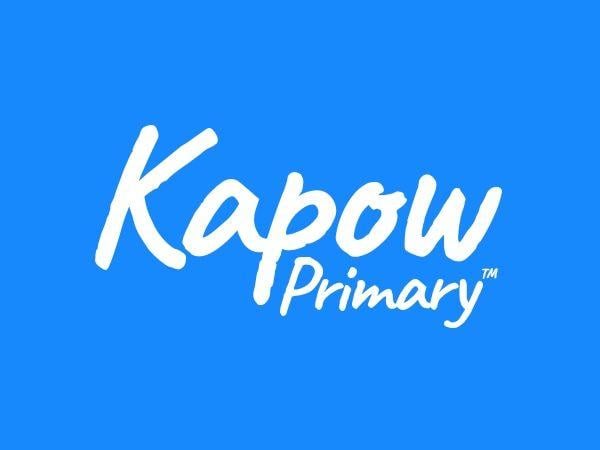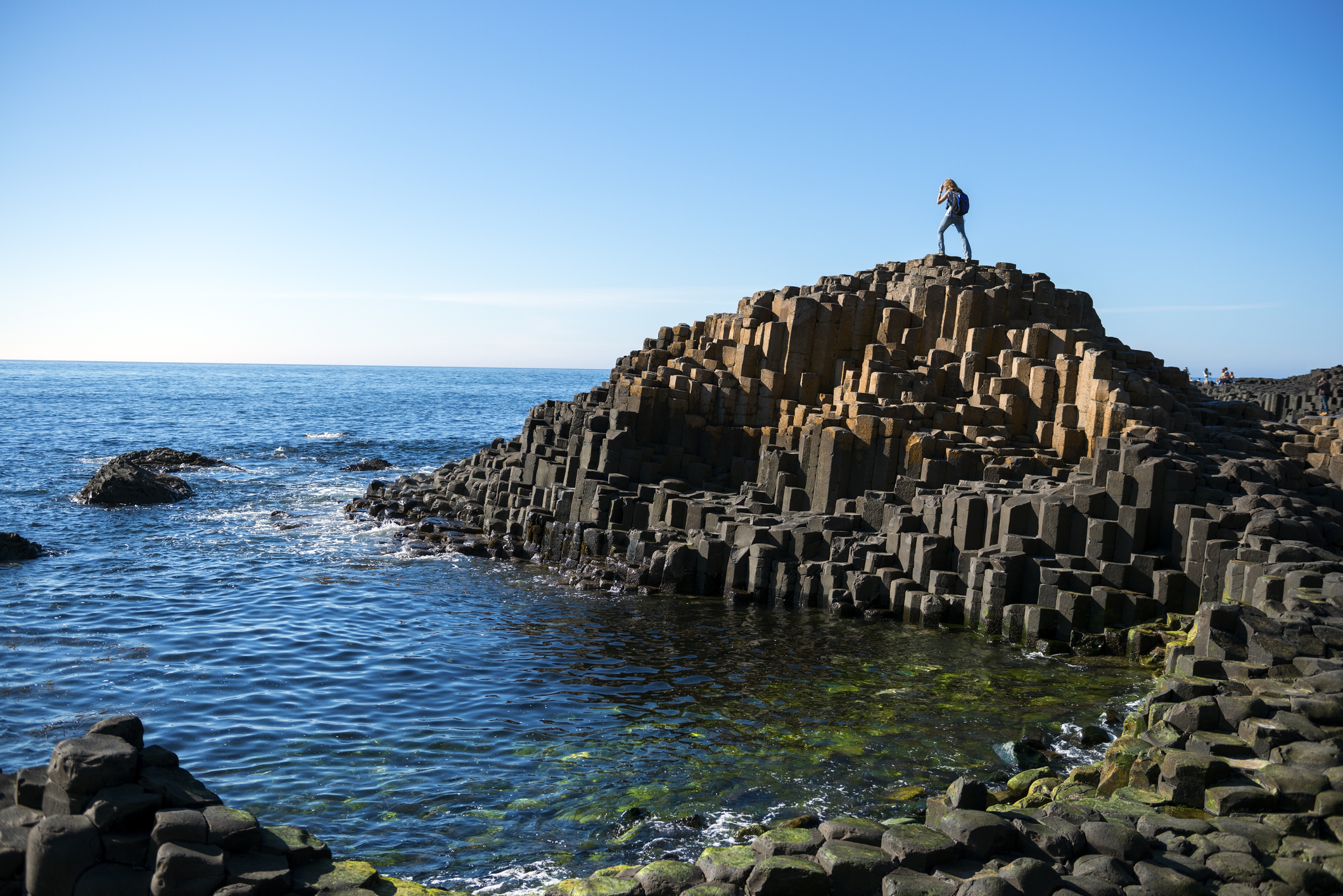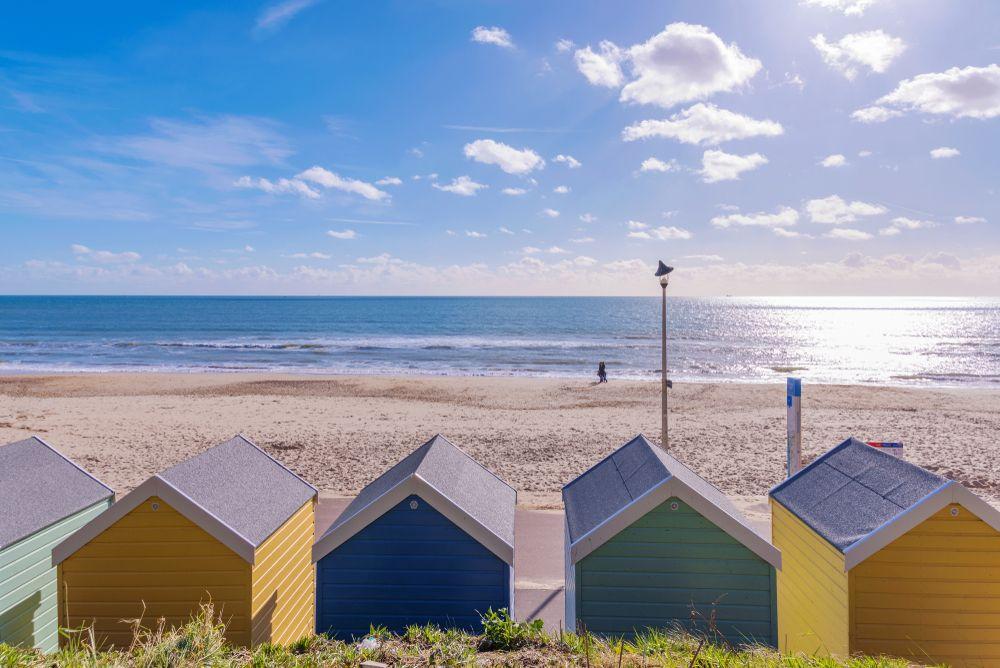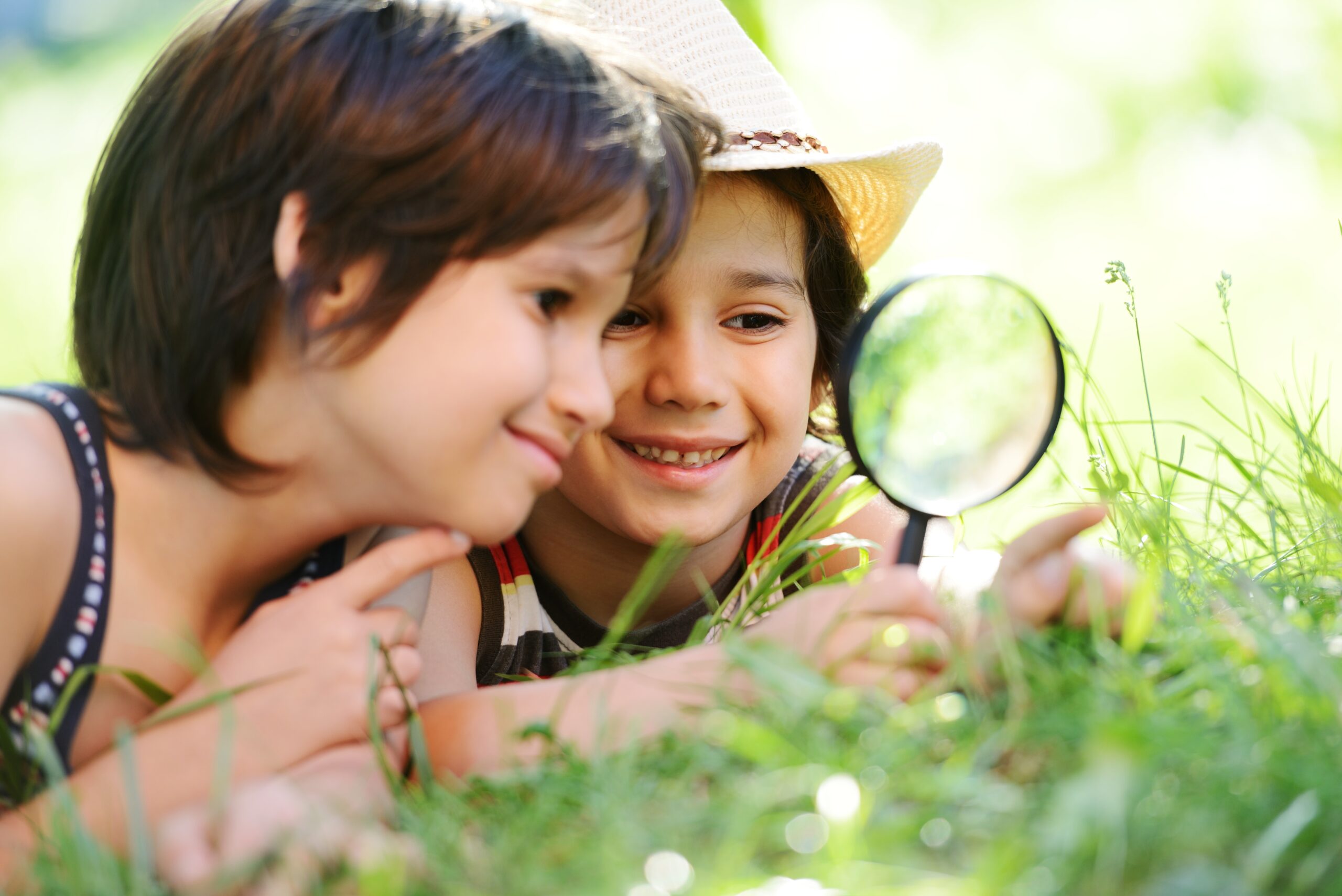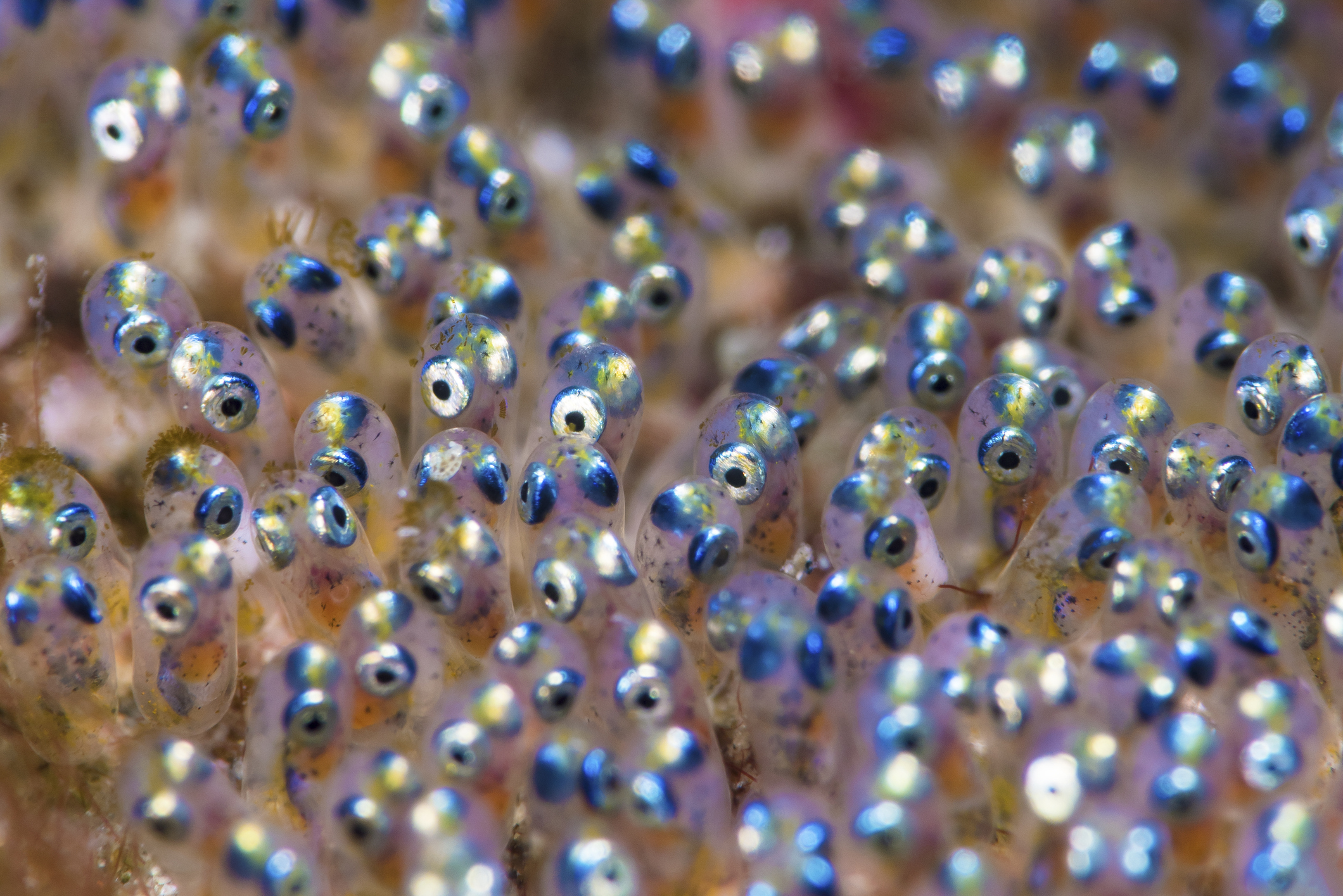Ask the class to recall what a habitat is (where something lives). Display the Presentation: Ocean habitat.
Learning objectives
Knowledge
- To describe a rock pool as an example of a habitat.
Working scientifically
- To record information about model rock pools.
Success criteria
Knowledge
- I can recall some of the living things found within a rock pool.
- I can describe how some living things in a rock pool have their needs met.
- I can describe how rock pool conditions change.
Working scientifically
- I can correctly complete a tally chart to record the living things in rock pools.
- I can correctly summarise my observations of rock pools.
National curriculum
Science
Plants
Pupils should be taught to:
- Identify and name a variety of common wild and garden plants, including deciduous and evergreen trees.
- Find out and describe how plants need water, light and a suitable temperature to grow and stay healthy.
Seasonal changes
Pupils should be taught to:
- Observe changes across the four seasons.
- Observe and describe weather associated with the seasons and how day length varies.
Living things and their habitats
Pupils should be taught to:
- Identify that most living things live in habitats to which they are suited and describe how different habitats provide for the basic needs of different kinds of animals and plants, and how they depend on each other.
- Identify and name a variety of plants and animals in their habitats, including microhabitats.
- Describe how animals obtain their food from plants and other animals, using the idea of a simple food chain, and identify and name different sources of food.
Animals, including humans
Pupils should be taught to:
- Find out about and describe the basic needs of animals, including humans, for survival (water, food and air).
Working scientifically
Pupils should be taught to use the following practical scientific methods, processes and skills:
- Using their observations and ideas to suggest answers to questions.
- Gathering and recording data to help in answering questions.
Cross-curricular links
English
Spoken language
Pupils should be taught to:
- Listen and respond appropriately to adults and their peers.
- Ask relevant questions to extend their understanding and knowledge.
- Use relevant strategies to build their vocabulary.
- Articulate and justify answers, arguments and opinions.
- Use spoken language to develop understanding through speculating, hypothesising, imagining and exploring ideas.
- Participate in discussions, presentations, performances, role play, improvisations and debates.
Writing – composition
Pupils should be taught to:
- Discuss what they have written with the teacher or other pupils
- Read aloud their writing clearly enough to be heard by their peers and the teacher.
See National curriculum - English - Key stages 1 and 2.
Mathematics
Number – number and place value
Pupils should be taught to:
- Count to and across 100, forwards and backwards, beginning with 0 or 1, or from any given number.
- Identify and represent numbers using objects and pictorial representations including the number line, and use the language of: equal to, more than, less than (fewer), most, least.
- Read and write numbers from 1 to 20 in numerals and words.
See National curriculum - Mathematics - Key stages 1 and 2.
Geography
Human and physical geography
Pupils should be taught to:
- Identify seasonal and daily weather patterns in the United Kingdom and the location of hot and cold areas of the world in relation to the Equator and the North and South Poles.
- Use basic geographical vocabulary to refer to key physical features, including: beach, cliff, coast, forest, hill, mountain, sea, ocean, river, soil, valley, vegetation, season and weather.
See National curriculum – Geography - Key stages 1 and 2.
British values
- Mutual respect.
See Promoting fundamental British values as part of SMSC in schools (non-statutory advice) – contains public sector information licensed under the Open Government Licence v2.0.
Before the lesson
Check all images, videos, links and presentation slides are suitable for your class.
- Presentation: Ocean habitat.
- Presentation: Rock pool habitat.
- Presentation: Living things in rock pools.
- Plain paper, pre-cut to A6 size (one each).
- Scissors (one each).
- Colouring pencils or felt tip pens (optional).
- Equipment to model rock pools (per group of four – see Main event):
- an outdoor space;
- chalk to draw outlines and details on the ground;
- rocks and pebbles (optional);
- water supply or sprays (optional);
- sand (optional).
- Clipboards (optional – one each for tallying during the Main event).
- A device for recording video (optional – one for the teacher).
Print in advance of the lesson.
The Making connections units do not have new Knowledge organisers as pupils revisit knowledge from the year. Where relevant, the children can use previous Knowledge organisers to check keyword meanings or spellings and to help them recall important information. Find the complete collection in the Resource bank: Y1/2 (A): Science Knowledge organisers and discover additional strategies for adaptive teaching here.
Subject knowledge
This lesson revises subject knowledge from the unit Science, Year 1/2 (A), Living things: Habitats. Look for any associated misconceptions in the unit lessons.
- Year 2 pupils will be able to use their knowledge from the unit Science, Year 1/2 (B), Living things: Microhabitats to identify that a rock pool is an example of a microhabitat. It will serve as pre-teaching for Year 1 pupils this term.
Feeding relationships
Key information about the feeding relationships of the named rock pool organisms:
- Algae and seaweed are producers that use light to make their own food. The pupils will refer to these as ‘plants’ at this stage.
- Sea snails are mostly herbivores that eat producers in rock pools but some get their nutrition from other shelled creatures.
- Limpets are herbivores and eat producers in rockpools.
- Anemones are carnivorous and eat small creatures, normally microscopic animals.
- Starfish are carnivores and eat shellfish like snails and limpets.
- Fish eat small crustaceans and other small animals but may also graze on plants within the rock pools.
- Common prawns are opportunistic feeders and scavengers, meaning they eat various things, including decaying seaweed and dead shellfish.
- Crabs are omnivores that eat seaweed, algae, shellfish and smaller or dead animals.
- Seagulls are opportunistic omnivores and eat seaweed, fish, crabs, shellfish, insects and even human waste.
Modelling
- Modelling is an important part of the science curriculum because it helps children understand and explain scientific concepts that are not directly observable due to their scale or availability.
- It allows them to simplify complex ideas, make predictions and test their thinking.
- Unlike arts and crafts, modelling in science is purposeful and linked to learning objectives, not just creativity or decoration.
- Questioning the children about a model’s materials, layout or accuracy compared to the real thing can demonstrate how they have applied their scientific knowledge in a new context.
Lesson plan
1: Recap and recall
Presentation: Ocean habitat
Ask the children to discuss in pairs before sharing with the class:
- What living things in the picture can you name? (Shark, jellyfish, turtle, stingray, seahorse, starfish, clownfish, crab, seaweed and anemone.)
- In what ways do living things get their needs met? (Click on the boxes to reveal some examples.)
- What words describe the habitat? (The children may suggest wet, cold or dark.)
2: Attention grabber
Play the Pupil video: Rock pools. Ask the children to repeat the same challenge as the Recap and recall: look for living things in the rock pools, find out how they get their needs met and words to describe the habitat.
Pupil video: Rock pools
Take feedback. Answers may include:
- Living things in rock pools include seaweed, anemone, limpets, prawns, starfish, crabs, snails, fish and seagulls.
- Plants get their needs met by having access to sunlight and water. Animals get their needs met by finding shelter around the rocks and finding food within the rock pool.
- Words to describe a rock pool include wet, sandy and bumpy.
Ask the class:
- Why might some people describe a rock pool habitat as ‘changing’?
Encourage the children to reflect on what they have learnt about changes throughout the day and in different seasons from the unit Science, Y1/2 (A) Forces and space: Seasonal changes.
Questions
- How will the rock pool change throughout the day? (Changing amounts of daylight; some temperature changes.)
- How will the rock pool change between different seasons? (Big temperature changes; different weather from very hot and dry to freezing and snowy.)
- How will these changes affect the living things in the rock pool? (Plants need daylight to make their own food so this will change throughout the day and the year; some plants and animals may struggle to survive if it gets too hot or cold; if the water in the rock pool freezes, animals may not be able to move to get food.)
Display slide 1 of the Presentation: Rock pool habitat. Click the pink buttons to show how the living things have their needs met.
Presentation: Rock pool habitat
Click on the ‘day and night’ button and ask the children to recall the changes that occur between day and night. Click the pink buttons to reveal how this may affect their needs being met.
Click the buttons ‘summer’ and ‘winter’ and repeat the previous discussion, clicking the pink buttons in each section to reveal more information.
3: Main event
Arrange the children into groups of four. Display the Presentation: Living things in rock pools to show the simple outlines of living things found in rock pools.
Presentation: Living things in rock pools.
Inform the children that each group member will draw one of the living things displayed on the slide. Explain that they can choose what to draw but they need to ensure that at least one person in their group picks a plant (algae or seaweed).
Hand out plain paper to each child and allow time for them to draw their rock pool living things. Display the Presentation: Living things in rock pools for them to refer to as they work. Provide colouring pencils and felt tip pens if desired.
Ask the children to add a label with the information they know about their selected living thing, such as whether it is a predator or prey or how it will have its needs met within the rock pool habitat. Point out the words on the slide and explain that they can use these to support them. Hand out scissors and ask them to cut out their pictures, ready to take them outside.
Take the children to an outside space and provide them with the equipment to model rock pools (see Have ready). Explain that they will create a model of a rock pool and place their living things inside.
Hand out the Activity: Recording rock pools (one each) and a clipboard, if available. Remind the children how to record the number of living things using a tally chart. Let them circulate the different rock pools and record the number of living things in the results table.
Questions
- What did you find out when observing rock pools?
- What was there the most of?
- What was there the least of?
4: Wrapping up
Ask the children to return to their original rock pool and discuss in their groups:
- What living things are in your group’s rock pool? (The children will recall four living things from the original list of ten.)
- How do they have their needs met? (Answers will be based on the living things selected, such as seaweed, which depends on light to make its own food, anemones, which depend on the rocks for shelter, snails and limpets, which are herbivores and eat the plants for nutrition, or crabs, which are omnivores and can eat the plants or other animals for nutrition.)
Take feedback and share examples as a class.
Extended-mode explainer videos
How to extend your display to view the lesson page and preseantion mode simultaneously. Choose your operating system below to watch the video
If you need further support with extending your display,
please contact [email protected].
Extended-mode explainer video: For Mac
Extended-mode explainer video: For Windows
Adaptive teaching
Pupils needing extra support
Could verbally discuss their chosen rock pool living thing rather than adding a written label; could use the Resource: Rock pool living things (support) to cut out an example and add a label to avoid drawing.
Pupils working at greater depth
Should describe how the population of one organism would be affected if a species was removed from the rock pool (for example, how would the numbers of crabs be affected if all the fish were removed from the rock pools?); could add labels reflecting knowledge of body parts if they have covered the unit Science, Year 1/2 (B), Animals, including humans: Comparing animals.
Assessing progress and understanding
Pupils with secure understanding indicated by: recalling some of the living things within rock pools; describing how living things get their needs met; describing how rock pool conditions change throughout the day and year; recording their observations in a tally chart; summarising their observations.
Pupils working at greater depth indicated by: explaining how the removal of one living thing affects another that depends on it.
Vocabulary definitions
-
depend
To need the help of something else to survive.
-
habitat
Where something lives.
-
nutrition
Food needed for growth and health.
-
observe
To watch carefully.
-
rock pool
A small habitat (microhabitat) found by the sea that is wet and rocky.
-
season
One of four parts of a year, marked by the weather conditions.
-
shelter
Where animals find cover and protection.
-
table
Where results (data or observations) are written down.
-
tally
A mark written down to show how many have been counted.

